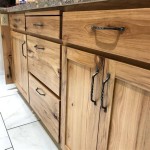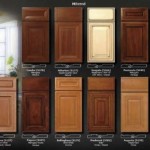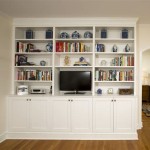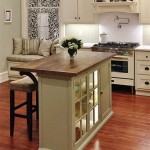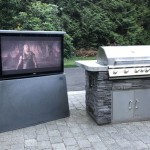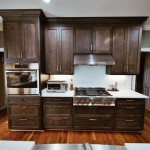Build Your Own Recessed Medicine Cabinet With Mirror
A recessed medicine cabinet offers a sleek, space-saving solution for bathroom storage. Building one allows for customization of size and style to perfectly match individual needs and bathroom aesthetics. This project requires intermediate woodworking skills and familiarity with common power tools.
Planning and Materials
Begin by determining the desired dimensions of the medicine cabinet. Consider the available wall space, the size of items intended for storage, and the overall proportions of the bathroom. Once dimensions are finalized, create a detailed sketch or blueprint, including the cabinet box, framing, and mirror dimensions. Accurate measurements are crucial for a successful outcome.
Material selection is another key factor. For the cabinet box, plywood offers a balance of strength and workability. Select a thickness appropriate for the cabinet size, generally ½ inch to ¾ inch. Solid wood can be used for the face frame, providing a decorative element. Choose a wood species that complements the bathroom's existing décor. The mirror should be cut to the exact dimensions of the cabinet opening.
Additional materials include wood glue, wood screws, finishing nails, wood filler, sandpaper, primer, and paint or stain. Hardware requirements include hinges suitable for inset mounting and a magnetic or latching door closure. Safety equipment like safety glasses and a dust mask are essential.
Constructing the Cabinet Box
Cut the plywood pieces for the cabinet box according to the planned dimensions: top, bottom, sides, and back. Ensure precise cuts for a square and sturdy box. Assemble the box using wood glue and wood screws. Predrill screw holes to prevent wood splitting. Clamp the pieces together while the glue dries, ensuring tight joints. Reinforce the corners with additional wood blocks if necessary for extra stability.
Once the glue is dry, sand the box thoroughly, paying attention to edges and joints. Apply wood filler to any gaps or imperfections. After the filler dries, sand again to create a smooth surface. This prepares the box for priming and painting or staining.
Building the Frame
The face frame provides a decorative border for the cabinet and a surface for mounting the hinges. Cut the frame pieces from the chosen wood, ensuring accurate miter cuts for clean corners. Assemble the frame using wood glue and finishing nails. Clamp the frame while the glue dries. Attach the assembled frame to the front of the cabinet box using wood glue and finishing nails. Ensure the frame is flush with the cabinet box edges.
Preparing the Wall Opening and Installation
Before installing the cabinet, locate and mark the wall studs. Carefully cut the wall opening to the precise dimensions of the cabinet box, ensuring it is level and plumb. Add framing members around the opening if necessary for added support, particularly if the opening is not between studs. Insulate around the opening to prevent moisture buildup.
Carefully insert the cabinet box into the wall opening, ensuring it is flush with the wall surface. Secure the cabinet to the framing members using wood screws. Apply a bead of paintable caulk around the perimeter of the cabinet to seal any gaps and create a finished appearance.
Mounting the Door and Mirror
Attach the hinges to the cabinet frame and the door. Ensure the door aligns correctly and swings freely. Install the chosen door closure mechanism, ensuring it securely holds the door shut. Apply a mirror adhesive to the back of the mirror. Carefully position the mirror onto the cabinet door, ensuring it is centered and aligned with the edges. Apply even pressure to the mirror while the adhesive sets.
Finishing Touches
Apply a coat of primer to the cabinet frame and door. Once the primer dries, apply the chosen paint or stain. Multiple coats may be necessary for optimal coverage and durability. Allow adequate drying time between coats. Install any desired hardware, such as knobs or pulls.
Electrical Considerations (Optional)
If incorporating electrical components, such as an interior light or an outlet, consult a qualified electrician to ensure safe and compliant installation. Planning for electrical needs should occur during the initial design phase. Wiring should be completed before installing the cabinet into the wall opening.

How To Turn A Mirror Into Medicine Cabinet Diy Bathroom

How To Build A Super Stylish Custom Mirror Cabinet Bathroom Now Complete
How To Make And Install A Medicine Cabinet Queen Bee Of Honey Dos

Diy Niche Shelf Old Bathroom Medicine Cabinet Makeover A Piece Of Rainbow

Building A Recessed Medicine Cabinet

Diy Niche Shelf Old Bathroom Medicine Cabinet Makeover A Piece Of Rainbow
How To Make And Install A Medicine Cabinet Queen Bee Of Honey Dos

Diy Bathroom Mirror Storage Case Shanty 2 Chic

How To Update A Recessed Medicine Cabinet

Diy Bath Remodel Medicine Cabinet
Related Posts


